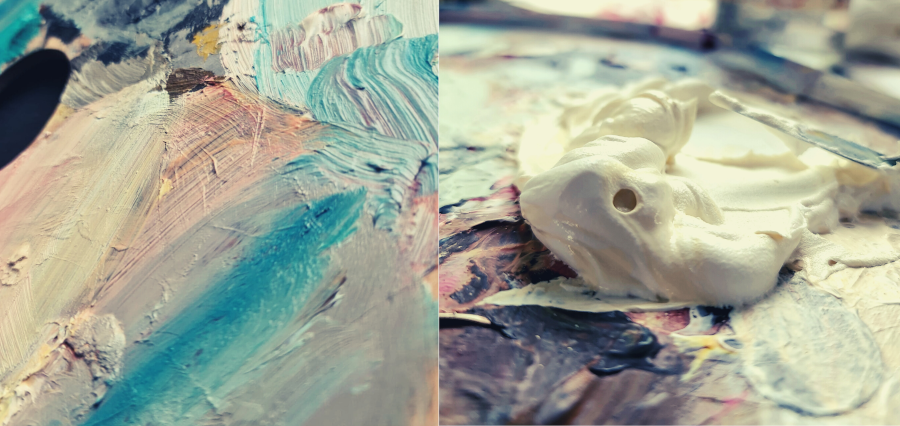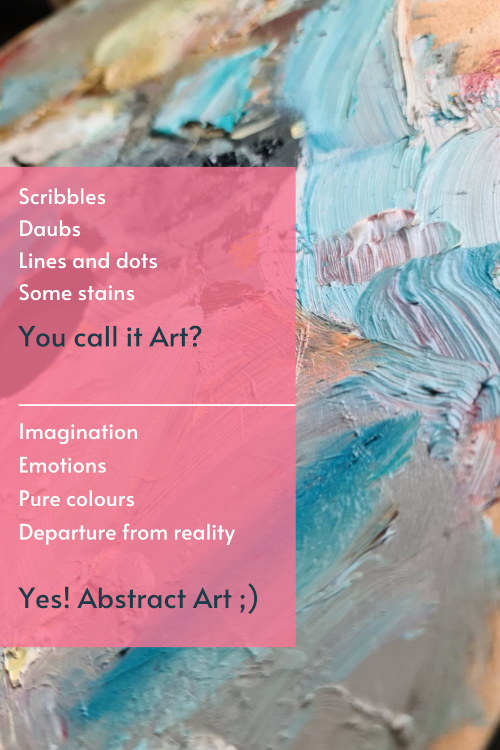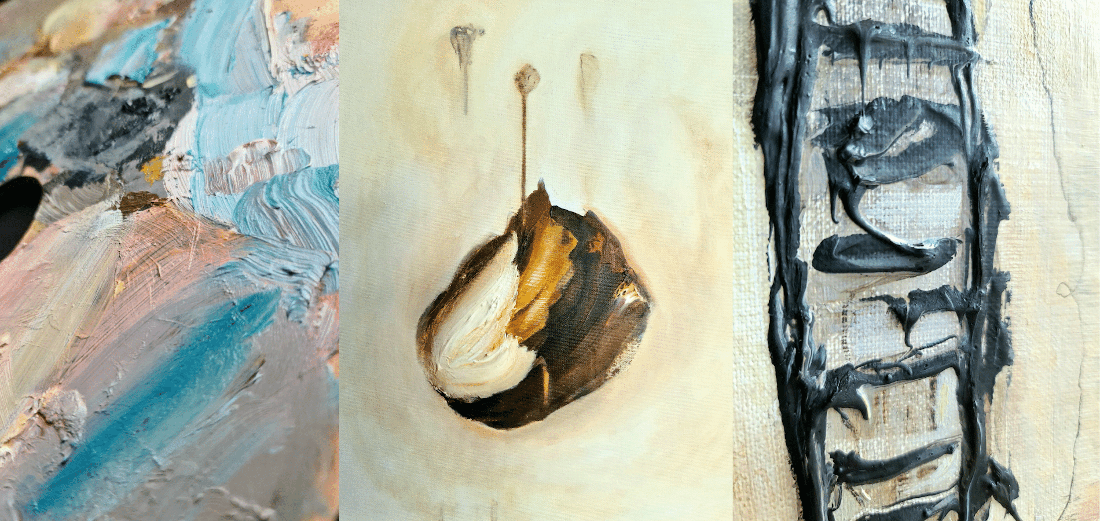
What ABSTRACT ART means? Two perspectives of the same art.
2021-05-23 11:11:02Can we go and see some real art, please? – did you hear that sentence even once in a life?
Well, I did. And I think it’s funny. There are people who love that modern abstract art and have only that at home. They go to see those exhibitions in the museums and galleries. And there are also people who say that their 5-years old child can do that too and they don’t see it as art ;)

Abstraction means a departure from reality. Going rather to imagination, inside yourself, looking for some symbols, shapes, colours, not in culture or religion. In art, abstract act means a depiction of imagery, and it can also be referred to as geometric abstraction, non-objective art, non-figurative, or non-representational art. It signifies the departure from the attempt to accurately represent a visual reality to slight, partial, or complete use of shapes, colors, forms, and gestural marks to achieve the desired effect. Simply, I would say that you will not be able to say what it is when you look at abstract art.
How abstract art started?
Abstract art traces its strict origin to the 19th century. Artists like Robert Delaunay, Kazimir Malevich, Wassily Kandinsky, and Vladimir Tatlin were among the pioneers of fundamentally abstract art. Kandinsky, a painter of Russian descent who live in Germany during the Bauhaus movement, is regarded as the first-ever modern artist to paint abstract art with no recognizable object in around 1910-11.
Abstract art movements included Expressionism, Surrealism, Dadaism, Cubism, Futurism, and Fauvism. Other forms of abstract art include Art Informel, De Stijl, Suprematism, and Neo-Plasticism.
Types of Abstract Art
There are several types of abstract art, which include:
- Curvilinear
- Color-Related or Light-Related
- Geometric
- Emotional or Intuitional
- Gestural
- Minimalist
Famous Abstract Artists
Some of the famous artists who used abstract art include:
Pablo Picasso, a 20th-century famous Spanish artist who started his career painting representational pieces before he evolved into Cubism.
Jackson Pollock, known best for his drip technique", also called "action painting". He covered the entire canvas and used the force of his whole body to paint, often in a frenetic dancing style.

